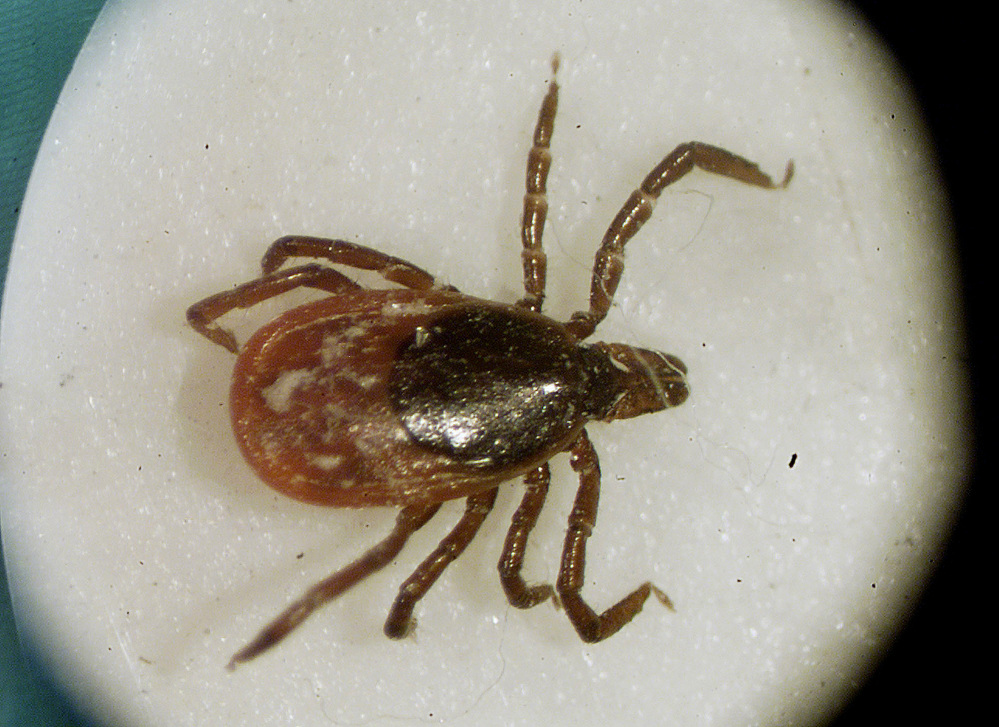Environmental factors and improved reporting methods led to another year of high Lyme disease totals in northern New England.
Reported cases are expected to be on par with or even top recent records set in Maine, Vermont and New Hampshire.
Maine is likely to exceed last year’s record of 1,384 cases of the tick-borne illness, said Sheila Pinette, director of the state’s Center for Disease Control and Prevention. Vermont officials said their state is on track for its second or third highest total on record following the 2013 high of 671. In New Hampshire, officials said numbers are falling in line with recent years, which included a record high in 2013.
More people are encountering ticks that carry Lyme disease in part because of shorter, warmer winters that allow the ticks to thrive, said Erica Berl, an infectious disease epidemiologist for Vermont. Residential development that encroaches on the wooded areas where ticks and their hosts – deer and mice – live has also contributed, she and other public health officials said.
Officials in all three states said more aggressive outreach programs have also resulted in better identification of the disease, which has caused reported cases to rise.
“The disease has been emerging and we’re seeing it in more parts of the state,” Berl said. “On top of that is more diagnosis, more awareness, and more reporting.”
Nationwide, confirmed and probable cases of Lyme have wavered between 30,000 and 37,500 cases every year since 2008, federal Centers for Disease Control and Prevention data show. The vast majority of confirmed cases in 2013 were reported from 12 New England and Mid-Atlantic states and Wisconsin and Minnesota, according to the CDC.
Lyme disease symptoms include headache, fever and joint pain. The disease can cause muscle weakness, numbness and heart problems if it reaches advanced stages. Advocacy groups and public health officials have called on people to frequently check for ticks and wear clothing that reduces skin exposure.
Pinette said Maine had 1,289 cases of Lyme disease in 2014 as of Dec. 18. She said she expects the number to grow, in part because some people who contracted the disease in the summer won’t realize they have it until this month or early 2015. The final figure might still be lower than the actual number of cases, Pinette said.
“We do believe in our state that we do have underreporting,” she said.
Pinette said the state will continue to encourage residents to get tested early if they believe they might have contracted the disease. Catching the disease early can be critical to managing it, she said.
Send questions/comments to the editors.



Success. Please wait for the page to reload. If the page does not reload within 5 seconds, please refresh the page.
Enter your email and password to access comments.
Hi, to comment on stories you must . This profile is in addition to your subscription and website login.
Already have a commenting profile? .
Invalid username/password.
Please check your email to confirm and complete your registration.
Only subscribers are eligible to post comments. Please subscribe or login first for digital access. Here’s why.
Use the form below to reset your password. When you've submitted your account email, we will send an email with a reset code.